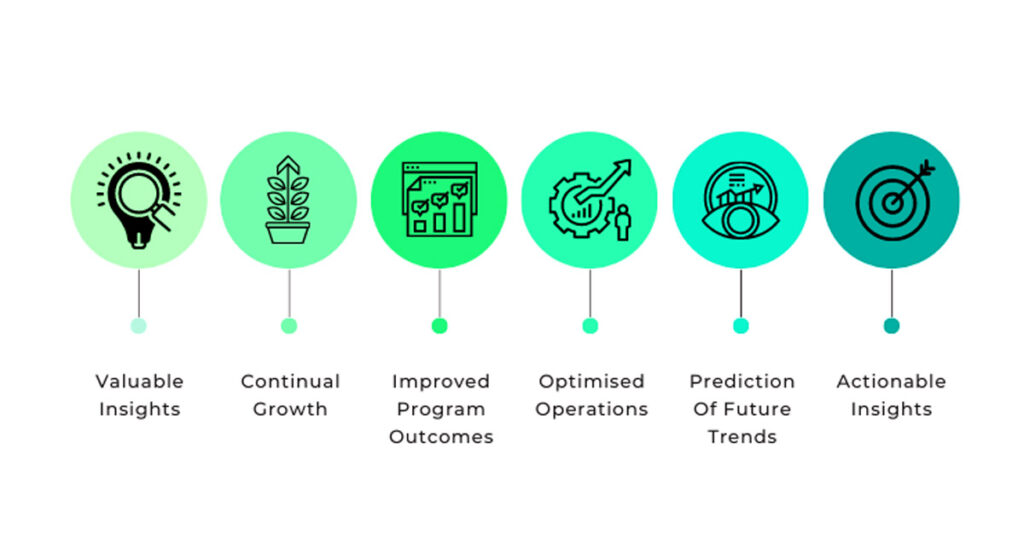Meta Description: Explore the key differences between Cloud and Cloud Native architectures. Learn about their benefits, drawbacks, and which approach is right for your business. Understand the nuances of cloud native vs cloud.
Introduction:
In today’s digital landscape, businesses are increasingly relying on cloud technologies. However, the terms “cloud” and “cloud native” are often used interchangeably, leading to confusion. This article aims to clarify the differences between cloud vs cloud native, helping you make informed decisions about your IT infrastructure. Understanding the distinction between cloud vs cloud native is crucial for leveraging the full potential of cloud computing. This exploration of cloud vs cloud native will provide a clear understanding.
What is Cloud Computing?
Cloud computing refers to the on-demand delivery of IT resources—everything from applications to data centers—over the Internet. Instead of owning and maintaining physical data centers and servers, you access technology services, such as computing power, storage, and databases, on an as-needed basis from a cloud provider like AWS, Azure, or Google Cloud.
- Key Characteristics of Cloud Computing:
- On-demand self-service
- Broad network access
- Resource pooling
- Rapid elasticity
- Measured service
What is Cloud Native?
Cloud native is an approach to building and running applications that fully exploits the advantages of the cloud computing model. Cloud native technologies empower organizations to build and run scalable applications in modern, dynamic environments such as public, private, and hybrid clouds. Containers, service meshes, microservices, immutable infrastructure, and declarative APIs exemplify this approach.
- Key Principles of Cloud Native:
- Microservices: Breaking down applications into small, independent services.
- Containers: Packaging software with all its dependencies for consistent execution.
- DevOps: Emphasizing collaboration and automation between development and operations.
- Continuous Delivery: Automating the software release process.
Cloud vs. Cloud Native: The Core Differences
The primary difference between cloud vs cloud native lies in how applications are designed and deployed. Cloud native applications are specifically built to leverage cloud infrastructure and services from the ground up, while applications deployed in the cloud may not necessarily be designed with cloud native principles in mind. This distinction is crucial in the cloud vs cloud native debate.
- Cloud: Often involves migrating existing applications to the cloud (“lift and shift”).
- Cloud Native: Involves developing new applications specifically for the cloud, using cloud native architectures.
People Also Ask:
- What is the difference between cloud-native and cloud? Cloud is the infrastructure, while cloud native is a development and deployment approach optimized for that infrastructure.
- What is the difference between cloud first and cloud-native? Cloud first prioritizes cloud solutions, while cloud native focuses on building applications specifically for the cloud.
- What is the difference between cloud-native and cloud connected? Cloud connected simply means an application can interact with cloud services, while cloud native is a more comprehensive architectural approach.
- What is the difference between cloud friendly and cloud-native? Cloud friendly applications can run in the cloud, but cloud native applications are designed to fully leverage cloud capabilities.
Benefits of Cloud Native
- Increased Agility: Faster development and deployment cycles.
- Improved Scalability: Easily scale applications up or down based on demand.
- Enhanced Resilience: Fault tolerance and high availability.
- Better Resource Utilization: Optimized use of cloud resources.
Benefits of Cloud
- Cost Savings: Reduced infrastructure costs.
- Increased Flexibility: Access resources on demand.
- Improved Accessibility: Access data and applications from anywhere.
Conclusion:
Understanding the difference between cloud vs cloud native is essential for businesses looking to leverage the power of cloud computing. While both offer significant advantages, cloud native provides a more optimized approach for building and running modern, scalable applications in the cloud. Choosing between cloud vs cloud native depends on your specific needs and goals. By understanding the core principles of cloud vs cloud native, you can make informed decisions about your IT strategy. The nuances of cloud vs cloud native are critical in today’s digital world. This exploration of cloud vs cloud native has hopefully provided clarity.






